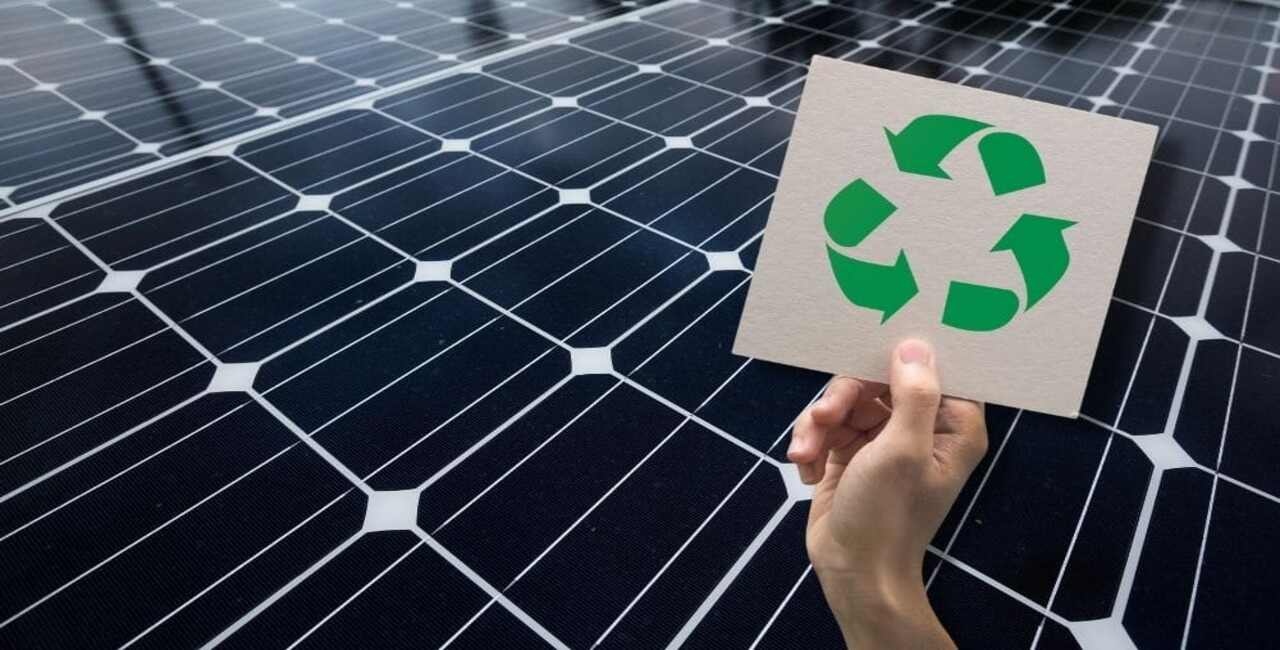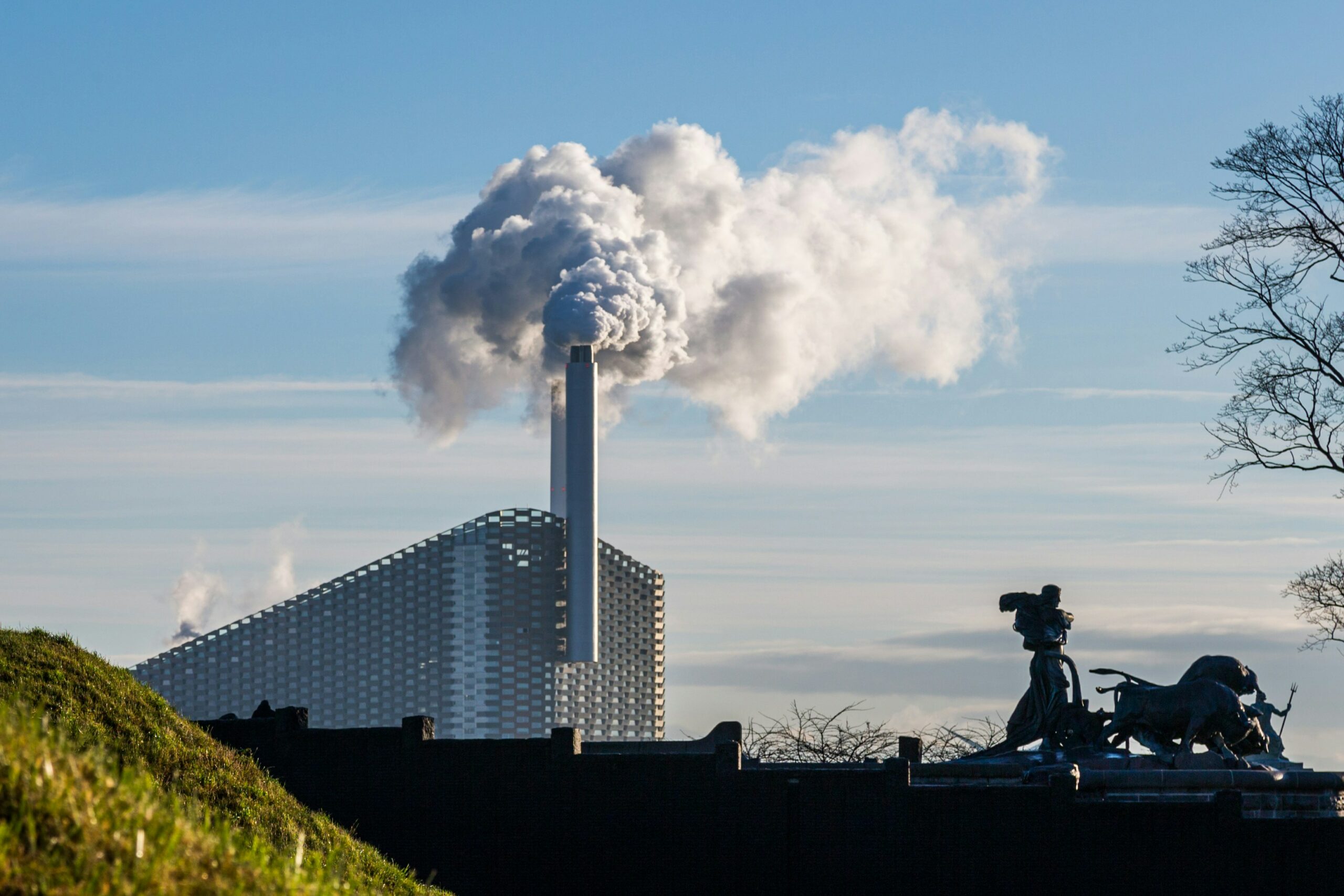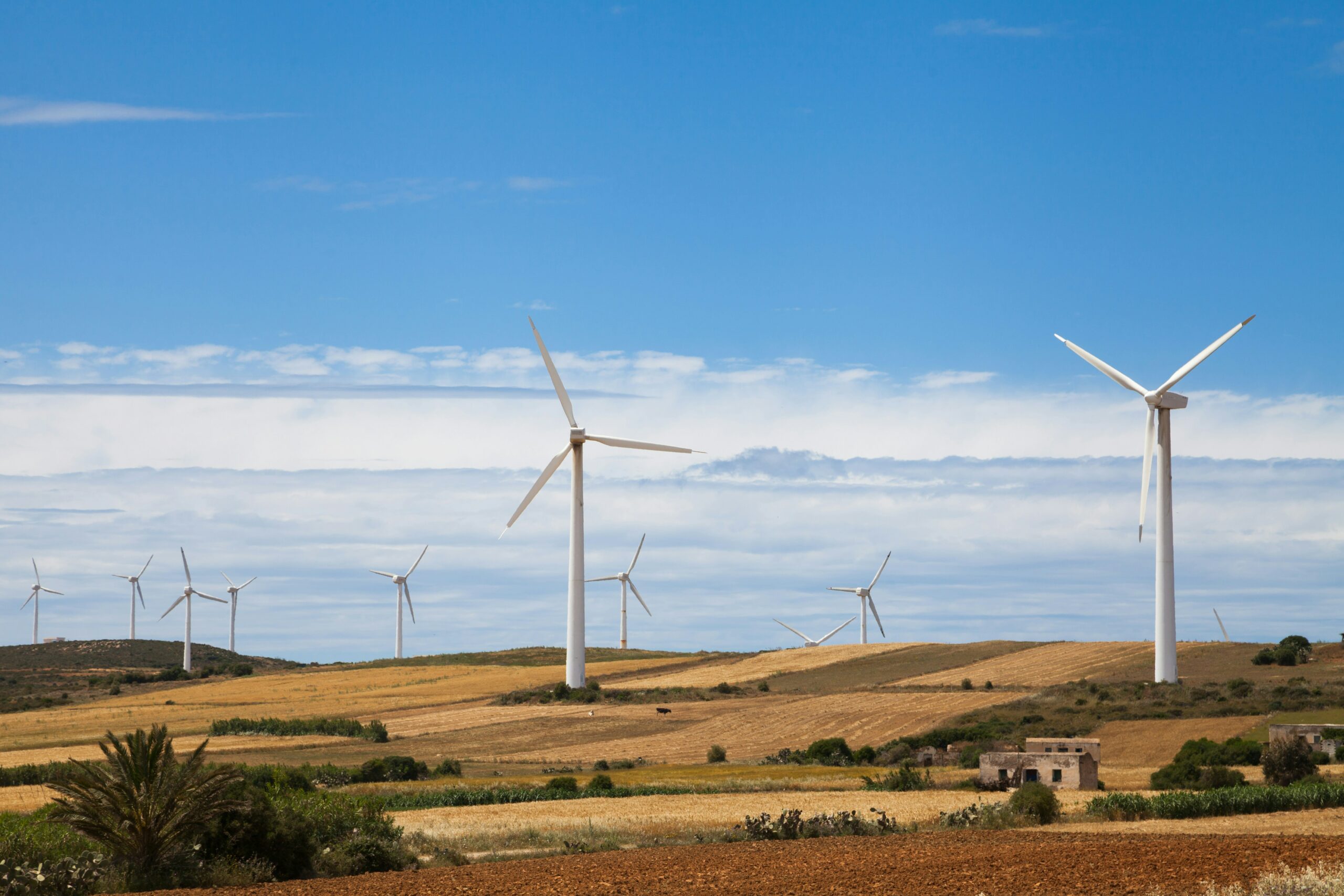Most of Canada’s northern territories – which here refer to the territories of Northwest Territories, Yukon, and Nunavut, as well as northern off-grid communities in other provinces – have long been dependent on diesel fuel for power.
These remote communities relied on diesel transported from regions to the south, which increased the cost of the fuel as well as accelerated climate change, which was already impacting these northern climes at an accelerated rate.
In the last 20 years, however, northern governments have prioritized cleaner forms of fuel to service their territories, most of which are covered by a number of microgrids. While these territories are using a variety of sources to generate clean energy – among them hydropower, geothermal, biomass, and wind power – solar is also catching the interest of several communities, as well as several solar providers.
Currently in Yukon, which produces 0.7 terrawatt hours, less than 0.1% of total electricity generation comes from solar, while 72% comes from solar and 16% comes from gas, according to the Canada Energy Regulator. In Northwest Territories – which produces 0.71 TWh hours, solar accounts for 0.5% of generated electricity, while wind produces 0.2% of electricity, petroleum generates 71% and hydro accounts for 36%.

In Nunavut, producing 0.28 TWh in total, petroleum generates nearly all power, with solar accounting for 0.2% of generated electricity.
Northern territories are planning to increase solar in coming years, as part of plans to significantly reduce emissions from diesel-generated electricity. The Northwest Territories government is offering a 50% solar rebate to cut costs for businesses to establish solar projects, while indigenous populations – the majority in the northern territories – see the switch from diesel to solar as a cost-saving measure which will increase their community’s capacity to operate independently.
Why Solar is a Good Energy Choice in the Arctic
Most people who envision the Arctic territories may be surprised that solar is starting to see an increase in demand in the region. But there are solid reasons why solar would be a preferred energy source.
Solar energy, of all energy sources available to the north, is by far the most cost-effective, Northern Energy Capital VP of Construction Chris Lentz told Climate Insider.
“When we look at each [northern] community individually, we put together a community energy plan: we evaluate what’s here, how large, what potential renewable resources there are, and determine how much power we can produce,” he said.
“Solar has a low barrier of entry, and it’s the most cost-effective,” he said. “Depending on the funding, that’s what will usually get selected.”
Also, because the Arctic is a unique environment, companies need to find technology that is adapted for harsher and colder climates.
“There are more options on the solar side,” Lentz said.
Solar-energy systems are also at peak efficiency in the Arctic chill, Klaus Dohring, president of Green Sun Rising, said. Green Sun Rising recently completed a 10KW solar power installation in Grise Fiord, Nunavut.
“For every 10% colder, there’s a 4% higher output,” he said. “The atmosphere in the Arctic is cold and therefore much drier, with less moisture in the air. The colder the air is, there’s less filtering.” His calculations have shown that Arctic solar panels report 14% higher irradiation, compared to maximum irradiation in Los Angeles or Rio de Janeiro.
There’s also the albedo effect, a measure of how well the panel reflect sunlight. The albedo effect is quite strong in the Arctic because of snow will reflect sunlight.
“We have data to prove that we can have 40% higher solar generation [in the summer] based on these three factors than I would get in the Rios of this world,” Dohring said.
Moreover, local communities are eager to have energy independence, after decades of being reliant on diesel shipped from southern Canada.
“Power outages are quite common, it’s very front of mind,” Lentz said. “Using natural elements innate in the culture gives the community a sense of autonomy, and the ability to look out for themselves.”
Planning is critical for a smooth installation
Dohring has built 57 solar parks in the northern territories, and underlines that new solar operators need to be aware of the many weather, logistics, and transportation challenges to getting a solar site up and running.
“The furthest northern communities have one shipping [arriving in their town] window per year,” he told Climate Insider. A drop-off involves not only docking the ship, but dropping the loader onto a barge, dropping the shipping crates onto the barge, which needs to be unloaded.
Locals from the community either come with their own loaders, or the shipper pays for the shipping company to unload the cargo.
The other hassle with shipping to the far north is that weather patterns could delay shipments by weeks or months, Dohring said.
“With one shipment per year, they only arrive in the second part of September,” he said. “At this point, the ocean is still open, but freeze-up on land has already started. The window of open water is quite narrow, and the land itself opens up and closes up earlier than the ocean does.”
Because of these very narrow delivery periods, long-term planning is critical, Dohring said.
Companies arriving to set up solar parks also need to be prepared for housing shortages, which is endemic throughout northern communities, due to a lack of building materials.
Staff coming northward to build the solar parks will need to be creative in dealing with housing.
“For one community we work in, we procured a modular home that would serve as worker accommodation for the coming season. We built a duplex that we brought in, and formatted it so it could be used for workers’ housing and turned it back over to the community,” Lentz said.
Critical steps to ensuring success
Managing Utilities
Energy supply is overseen in the north by one large utility. While the territories are comprised of far-flung communities, with each relying on its own microgrid, it falls to utilities to ensure that each community is making measured and responsible decisions on how to supply and maintain the grid.
Ensuring the support of the local utility is necessary to successfully build a solar park, Hassan Shahriar, founder and president of ADAPTR Inc. which specializes in connecting renewable companies with utilities.
“Reliability is always a concern” in local communities and for utilities in the North, he told Climate Insider.
“If utilities are not comfortable with how renewables and diesel are going to work together, they will be hesitant.”
Diesel will always be the baseload, dependable fuel source due to the intermittence of renewable energy, Shahriar said.
“Now we’re in an area where we’re looking at the intricate, technical intertwining of all pieces of the puzzle – project, storage, diesel – all those metrics have to work really well with each other. Nobody’s really figure out to do that perfectly off the bat.”
To ensure the utility remains supportive of the renewable project, Shahriar makes sure he talks to the utilities every day.
“We tell them, ‘This is what we learned’, every day, and always align with the goals of the utility at every step,” he said.
“Instead of saying, ‘hey, I want to see you energy,’ we say, ‘I want to reduce your diesel consumption.’”
Collaborating and following through are also important to building up trust, he said.
“Execute all things, even the smallest thing, say, ‘I will achieve this.’ That generates credibility.”
Lentz agreed, pointing to Northern Energy Capital’s experience in building the first independent power project in Nunavut.
The utilities “are learning as well,” Lentz said. “They have a very challenging job to keep power on and keep people alive. We develop a relationship with the utilities and their personnel, and our design [for the project] progresses in concert with them the whole time.”
Engaging communities
Community support is essential for solar projects in the north. Even when First Nations and Inuit groups are commissioning the project, it’s still important for southern Canadian companies to go above-board in involving local populations in every step of the process, solar company representatives said.
“One of the pillars of working u there is to infuse as much Inuit and indigenous participation as possible,” Lentz said.
When Northern Energy Capital researchers contractors, they first check with contractors are available at the location, and try to bring them aboard first. Northern Energy Capital often alters the design to better fit with locals’ suggestions, and tries to hire people living in the community for all aspects of the build.
“Most people [already] have gainful employment,” Lentz said. Instead, NEC targets youth, providing training to them in working with electrical components and partnering with education and training organizations.
“We’re trying to break down the barriers and stigmas to pursuing construction and electricity,” Lentz said.
Technology challenges
One of the frustrations in building solar parks up north is the intermittent and unreliable electricity, Green Sun Rising’s Dohring said.
“Internet is a challenge,” he said. “We do what we can with the internet connection [such as having monitoring systems on the solar park] but they are not always stable, and not always available.”
Looking long-term, Lentz said, companies need to take special care in choosing the materials and technologies they use to build and maintain the solar park.
“Technology in renewables is developing very quickly. In solar, it’s hitting a plateau,” he noted.
However, developers need to be cognizant that it chooses technologies and materials that will not be rendered obsolete in short order.
“For the Arctic, it’s not about being cutting edge, but ensuring that it’s forward-looking,” Lentz said. “Some things can get discontinued because the technology has improved. We need to be aware of that, and integrate that. You need to make sure you’re not building something obsolete right away.”








